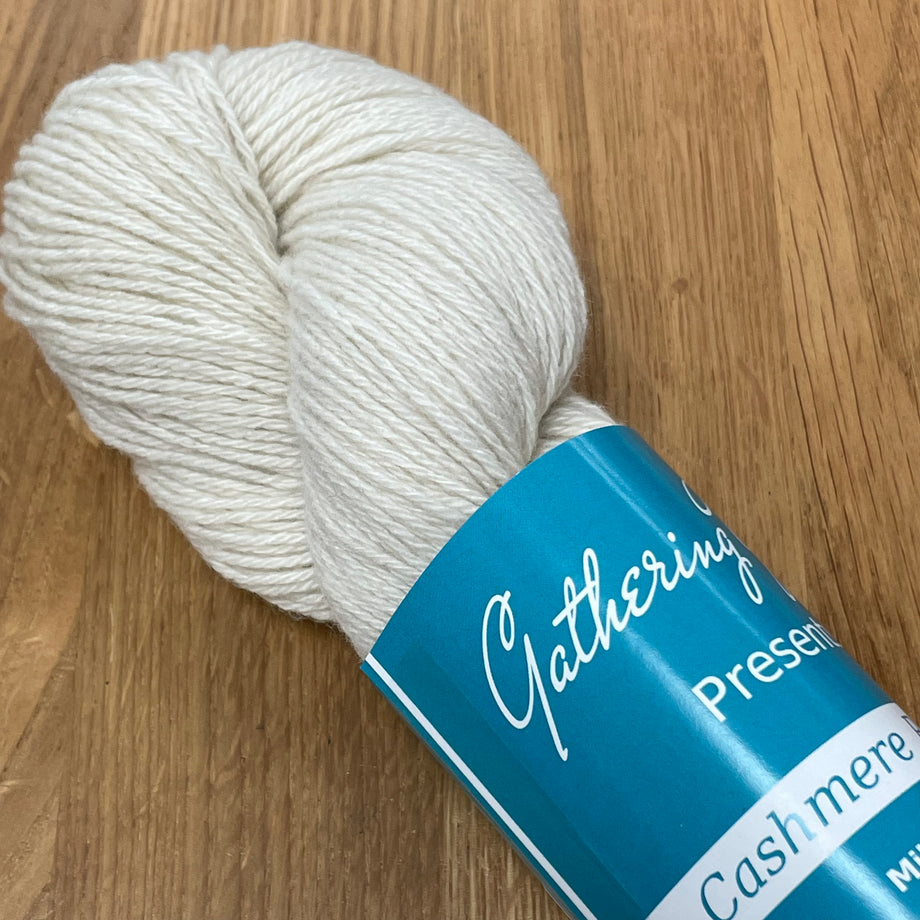What Material Is Cashmere? Understanding Its Distinctive Characteristics and Uses
What Material Is Cashmere? Understanding Its Distinctive Characteristics and Uses
Blog Article
Recognizing the Different Kinds Of Cashmere a Natural Fiber and Their Distinct Benefits

The Beginnings of Cashmere: A Historical Overview
While the lavish touch of cashmere proceeds to charm modern consumers, its origins map back to the severe, chilly environments of Mongolia and the Himalayas. For centuries, the native peoples of these regions have actually been elevating Capra Hircus goats, the prime resource of cashmere woollen. These goats, resilient versus the serious winters, grew a fine undercoat to endure, which later on ended up being understood as cashmere.

The Production Refine: From Goat to Garment
Shearing a Capra Hircus goat marks the creation of the complex cashmere production procedure. This fragile treatment usually happens annually throughout springtime. The fine, soft undercoat is after that separated from the coarser outer hair, a process recognized as dehairing. The resultant raw cashmere is then cleaned to eliminate pollutants such as vegetable, grease, and dirt issue.
The clean fiber goes through dyeing, spinning, and weaving, or knitting, to transform it into a material. Complicated procedures such as quality assurance checks and finishing processes adhere to, making sure the end item keeps the luxurious criterion anticipated of cashmere. This painstaking process, from goat to garment, validates the high price attached to cashmere items, making them an icon of deluxe and refinement.
The Numerous Sorts Of Cashmere: A Thorough Analysis

The One-of-a-kind Advantages of Cashmere: Convenience and Sustainability
Moving from the selection of cashmere types to the advantages they offer, comfort and sustainability stick out plainly. Cashmere, an all-natural fiber, is renowned for its unparalleled soft qualities, offering a degree of convenience that synthetic fibers can not match. The material's agility, yet more info here outstanding heat retention, makes it excellent for all seasons. Additionally, cashmere's natural elasticity permits it to go back to its initial form, making it resistant to diminishing or this post stretching.
When it involves sustainability, cashmere is naturally degradable and sustainable, as it's collected from cashmere goats who regrow their layers every year. what is cashmere. Unlike artificial fibers which can take hundreds of years to decay, cashmere's effect on the setting is marginal. This mix of convenience and sustainability makes cashmere a useful option for conscious customers

Caring for Your Cashmere: Maintenance and Conservation Tips
While cashmere is undoubtedly a sustainable and elegant option, it needs specific care to preserve its high quality and extend its lifespan. To begin, cashmere ought to be hand cleaned making use of chilly water and a light cleaning agent. Cashmere products ought to be stored in a completely dry and trendy location, away from straight sunshine and wetness.
Purchasing Cashmere: Understanding Its Worth and Well Worth
Although cashmere might initially seem like a pricey investment, its lasting value and worth come to be noticeable when you consider its amazing top qualities. Known for its unmatched soft qualities and warmth, cashmere is a premium natural fiber that exceeds various other products. Investing in cashmere, for that reason, is not just concerning present fashion patterns, yet about welcoming a lasting, resilient, and lavish way of living.
Verdict
In recap, the type of cashmere one selects, be it Mongolian, Chinese, or Italian, is dictated by private preferences for heat, budget plan, sustainability, and luxury. The worth of cashmere extends past its cost, with comfort and long life contributing to its well worth. Proper care and maintenance can ensure its conservation. Therefore, comprehending the origins, production process, and unique benefits of different types of cashmere can assist customers this post in their financial investment in this glamorous all-natural fiber.
Whether it's the extraordinary warmth of Mongolian cashmere, the cost of Chinese cashmere, or the eco-conscious production of Italian cashmere, there's a story to be found behind each fiber kind. Cashmere, a natural fiber, is renowned for its unparalleled gentleness, providing a level of convenience that synthetic fibers can not match.When it comes to sustainability, cashmere is eco-friendly and sustainable, as it's harvested from cashmere goats that regrow their coats annually. Recognized for its unmatched gentleness and warmth, cashmere is a costs all-natural fiber that outshines other products. Comprehending the origins, production process, and unique benefits of different types of cashmere can direct consumers in their financial investment in this extravagant all-natural fiber.
Report this page